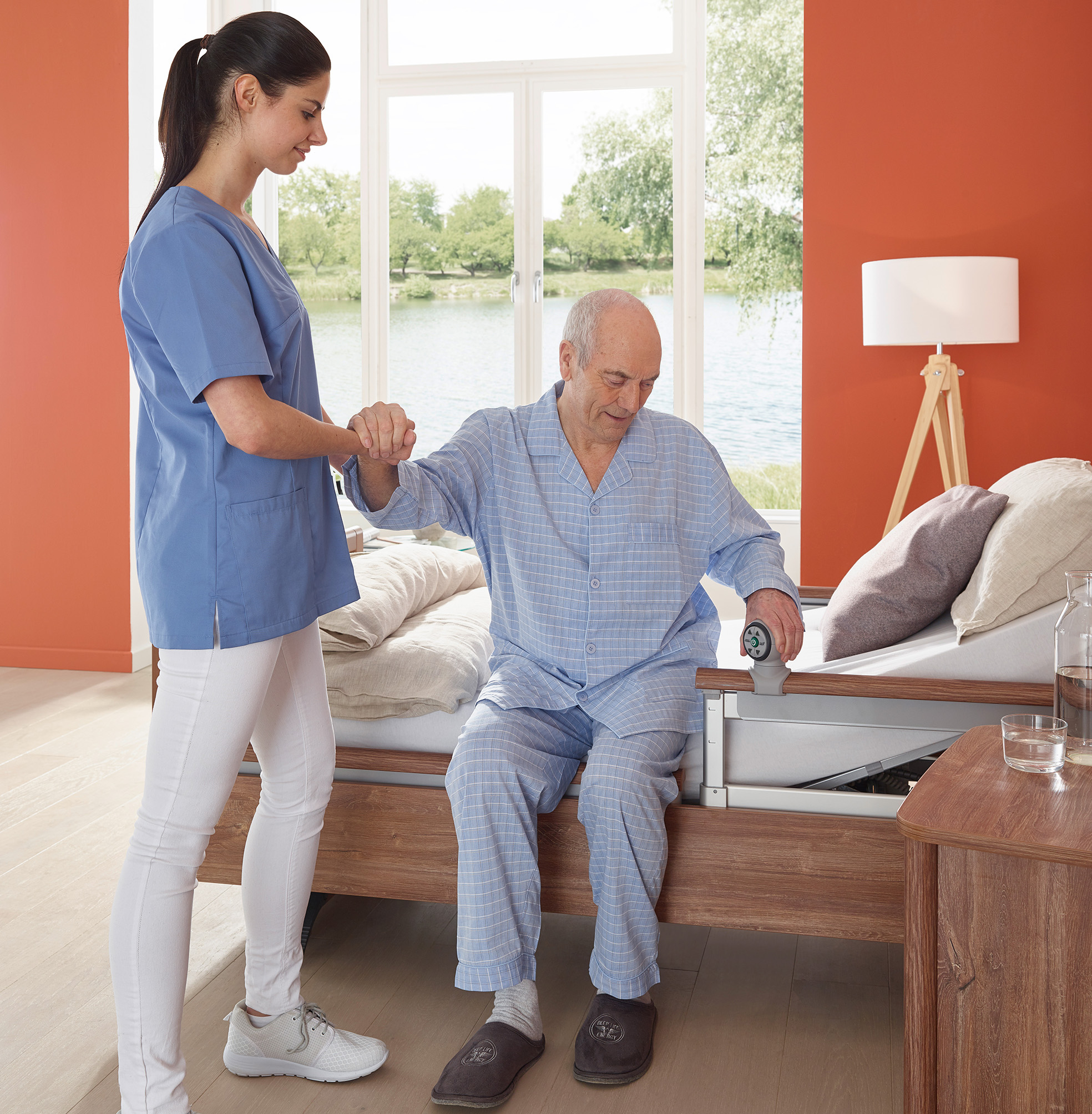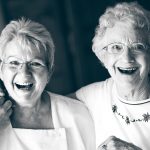People do not let themselves be moved like objects! And age is not necessarily associated with immobility. Old people are not immobile and stiff per se just because they are old and sick. However, they are predominantly transferred passively, learn to behave in a passive way, and become stiff by standardized movement techniques in nursing. It comes to learned helplessness.
Nursing is physical hard work, exhausting and has negative health effects on the caregiver. Therefore, resource-conserving handling is important. It is also important that the nursing staff reduces their own speed in dealing with persons in need of care, since the nurses are always faster than those in need of care. A demand that may seem utopian in view of the miserable staffing numbers at German hospitals, as more and more work is to be done in a very short time. But in nursing activities is often preceded too quickly and so the balance between proximity and distance is usually on the track.
Promotion of movement skills
With the help of kinaesthetics, the art of the perception of movement, nurses are trained in the perception of their own movement and that of and with those in need of care. Targeted training and sensitization of caregivers can improve the nurturing, relational and physical ability of caregivers. Kinaesthetics aims to help people find and exploit their own movement opportunities. However, the concept not only promotes the self-control of the patients, but also the personal competence of the carers. The principles of kinaesthetics enable caregivers to make effective transfers and to tailor interactions with those in need of care to suit their care needs. This ultimately leads to an increase in the efficiency of individual nursing activities and can help to reduce lay time. Competent care also reduces aggression.
Focusing on one’s own health: back-friendly working
The main weight of a person is distributed over the seven different body parts: head, chest, pelvis, arms and legs. In between, the weight is less, as at the neck, waist, shoulder and hip joints. Weight can be shifted through these „stable spaces“ according to the motto „to organize weight in gravity“. The nurses learn to move individual masses and avoid lifting efforts. They learn to individually perceive and individually move their own body parts during locomotion activities, so that the body weight of the person in need of care is moved in small portions and not at once to a new location. By incorporating their own body appropriately, the nurses can move mass by mass of patients.
If you work according to kinaesthetic principles, it almost resembles a common dance. At a change of location, e.g. From the bed to the chair, instead of pushing those in need of care into one’s care dependency, one can encourage them and, as far as possible, entrust them with control over the execution. Self-activity and movement skills are better recognized and can be included in daily activities. This leads to more differentiated movements and more autonomy. According to the motto „Individuals need individual support“, risks of injury and their own back problems can be minimized at the same time. Kinaesthetics is therefore also a preventive measure for back problems in the nursing staff.


